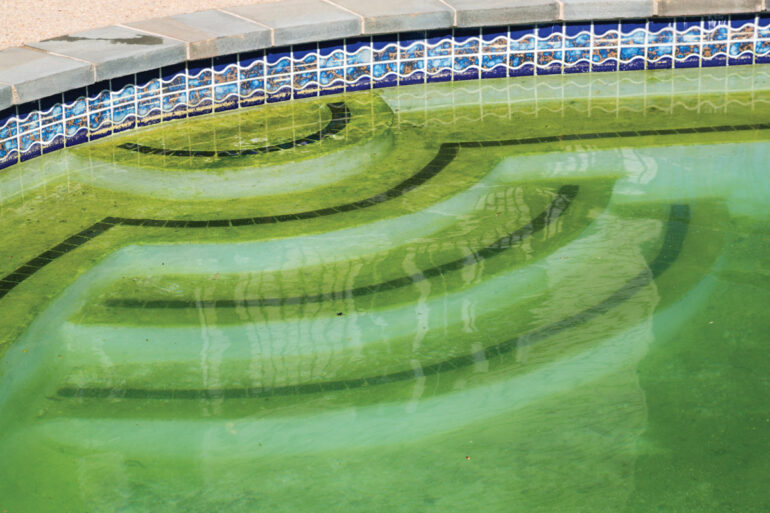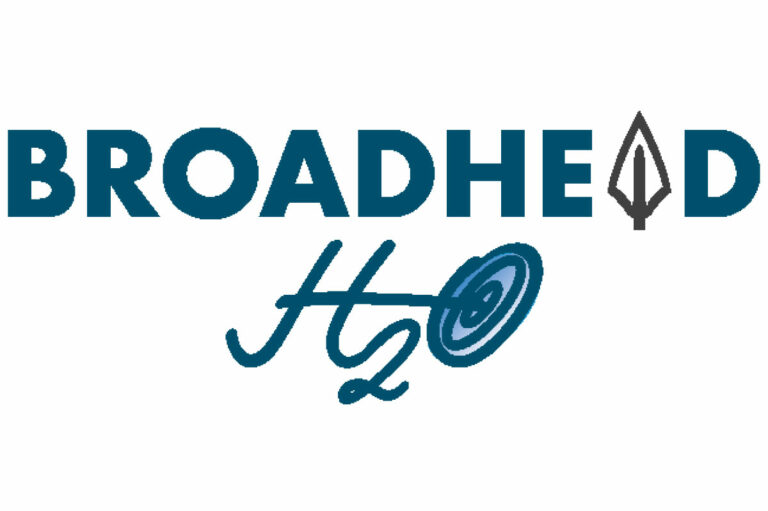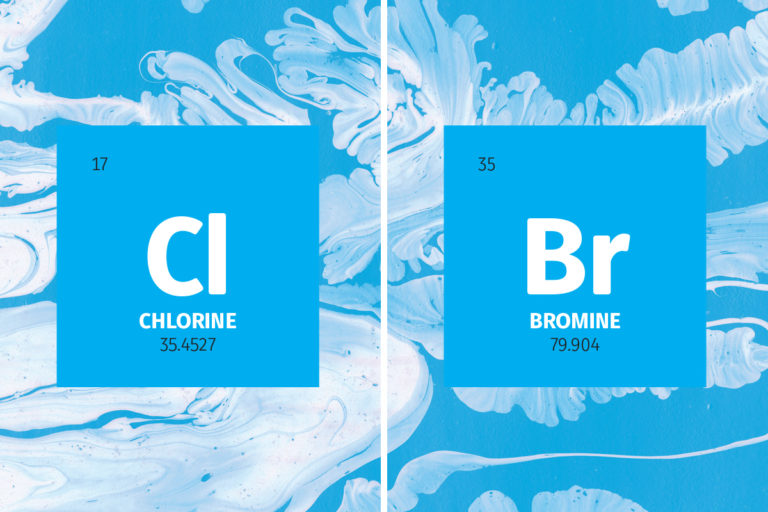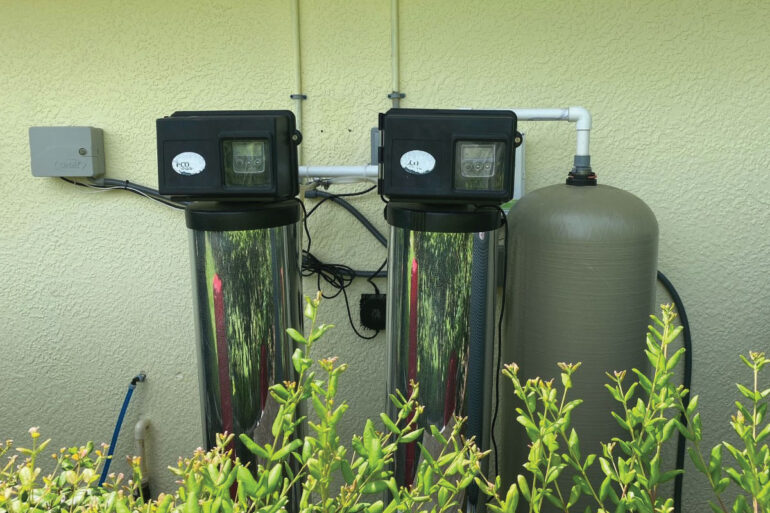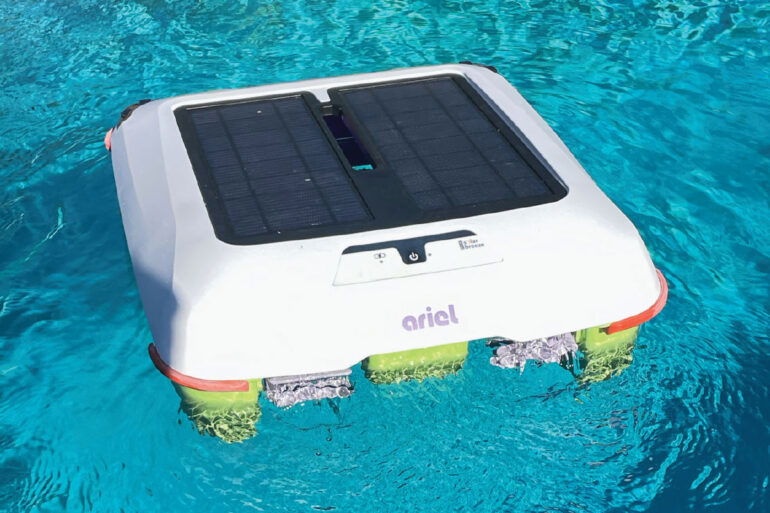Packaging Perils
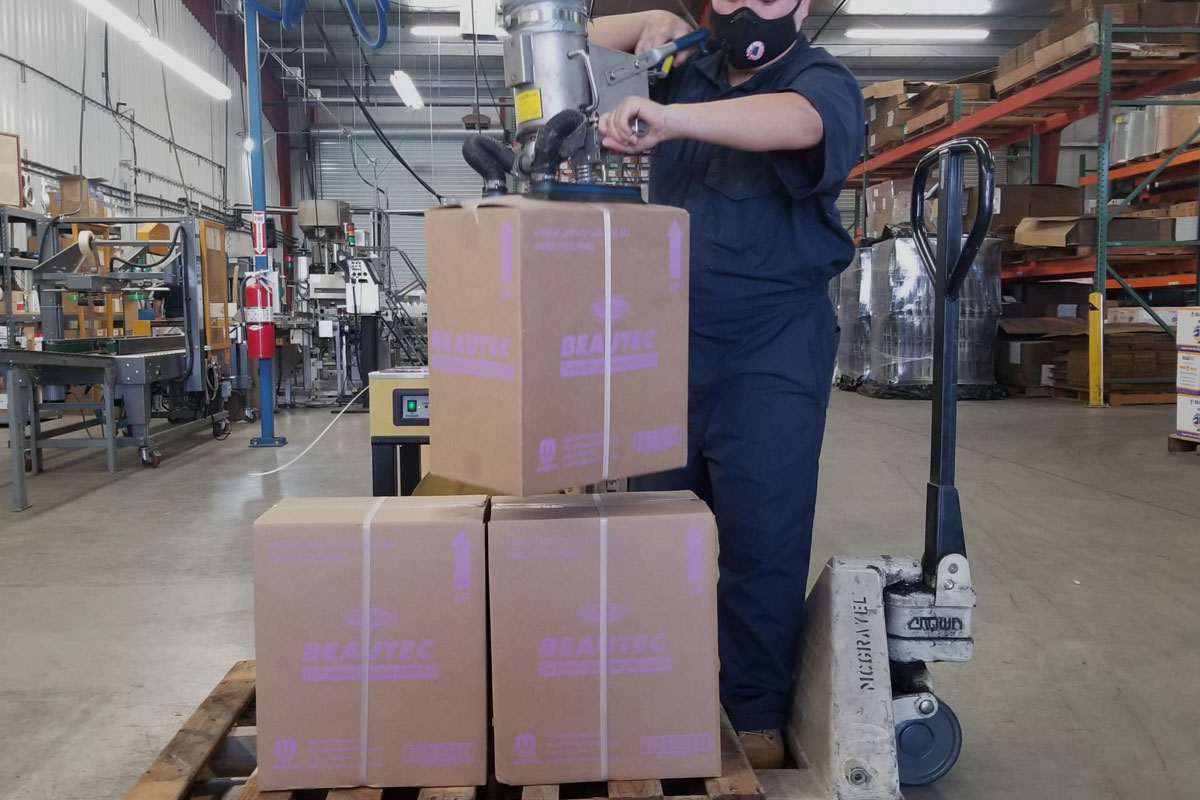
The pandemic has presented a range of unexpected challenges within the pool industry. For those in chemical manufacturing, securing packaging has been one of the biggest stumbling blocks.
Chemicals are in demand, but in some instances manufacturers have needed to quickly shift course. Packaging shortages have forced many to rethink their day-to-day processes to stay in business.
Nadia Beane, chief operations officer of Jack’s Magic Products in Largo, Florida, says her company has navigated a number of packaging issues over the past year. The company’s packaging is manufactured offsite and some of the plastic needed has a nine-month lead time, so adjustments have been necessary.
“For other plastics with extended lead times, we’ve had to source new bottles or alternate cap styles,” Beane says. “This is a lot more difficult because we need to do extra work before we can buy, like making sure items are compatible with our chemicals or that new packaging fits within our existing overpacks. Sometimes, by the time we’ve completed testing, the alternate item is no longer available.”
Reduced packaging availability has also resulted in higher costs. Scott Nichols, regional sales manager for EasyCare Products in Fresno, California, has seen this play out over the past year.
“In our particular case, some of our plastic bottles became unavailable for a time,” he says. “The smaller sizes were being procured for hand sanitizer.”
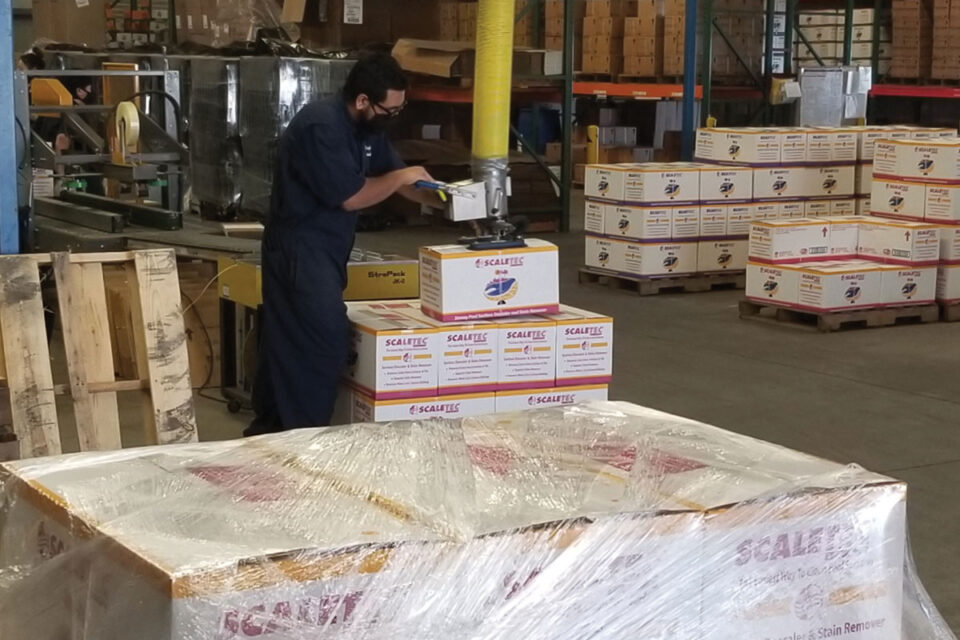
Additionally, Nichols says he experienced shortages on popular sizes of plastic caps — like 1.5-inch, typical on 1-gallon and half-gallon bottles used for bleach — plastic roll labels and cardboard box sticker-type labels. Forest fires, border restrictions and quarantine issues delayed lumber and wood pulp products from entering the lower 48 states and drove cardboard box prices up accordingly.
Beane has also dealt with unexpected packaging costs. Sometimes the company put a lot of time into tracking down an alternate packaging product that works for their needs, only to find the minimum order or price point was too high, she says. Some smaller issues have also been tricky: Beane had to switch to black caps instead of white for certain products, and for some screen-printed or decorated items, they had to label the bottles in house.
Nichols says the chemical companies that planned proactively didn’t seem to suffer as much. In EasyCare’s case, it purchased an extra six months–plus of items that could potentially be in high demand due to the pandemic, ordering from multiple sources instead of just one. The lessons have been much the same for Beane: “We became much better at projecting what our inventory needs are going to be,” she says, “which allows us to factor in extended lead times when we are ordering.”
In an official statement, Sigura reports it is doing the following to combat the packaging shortage:
- Generally expanding number of suppliers to offset individual supplier issues
- Globalizing supply to create new supply options
- Simplifying SKU mix and moving to more simple/basic packaging where possible
- Allocating product as needed across our customer base
Haviland Pool & Spa Products in Grand Rapids, Michigan, has also been working hard to meet needs during the packaging shortage. An official statement from the company reads:
“Since the beginning of the pandemic, Haviland has worked tirelessly to meet the demand and deliver the products our customers need using a variety of creative solutions. Just like other manufacturing in our industry, several of our vendors have significantly increased their lead times for packaging. As a result, we have worked with individual customers to meet their particular needs. For example, if our company provided a product with a particular package look or feel where alterations weren’t an option, we have worked around these extended lead times to meet market demand in the most efficient manner possible.
However, in several cases it was more important to have a water treatment product available for consumers and dealers, regardless of how it might look on a shelf. With that in mind, we made creative adjustments in packaging such as changing a cap color, substituting a different carton, or placing a water treatment product in a similar but different container to something that was more immediately available to avoid long lead times. Our customer response to these substitutions over the last several months has been very positive, with the understanding that these changes will not be for the long haul.”

